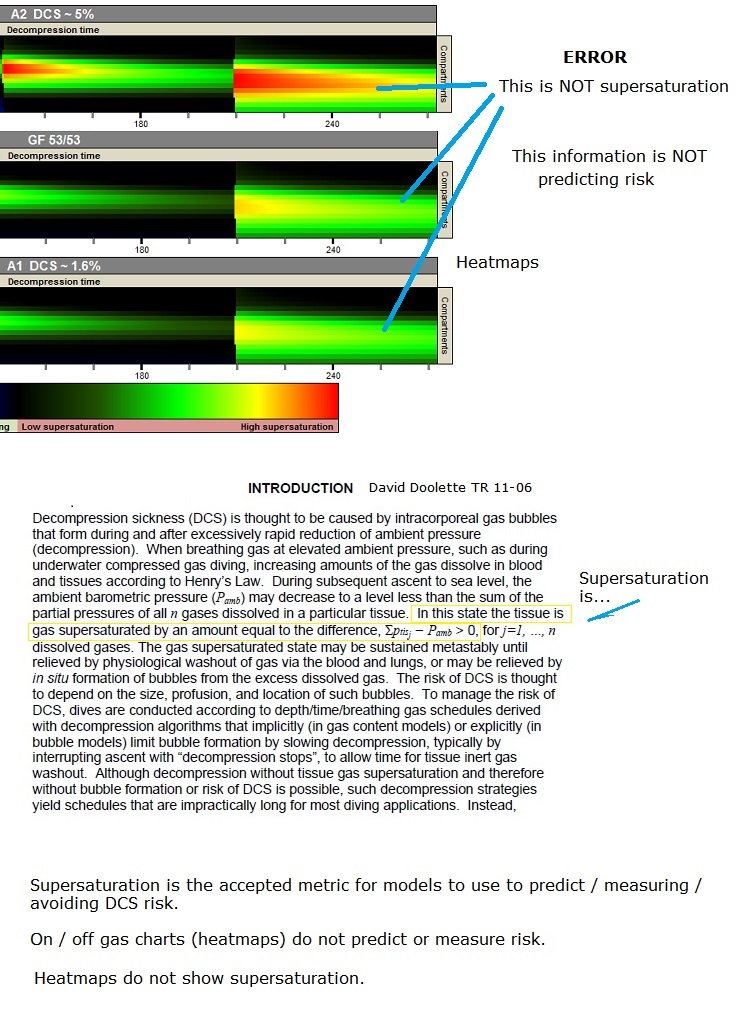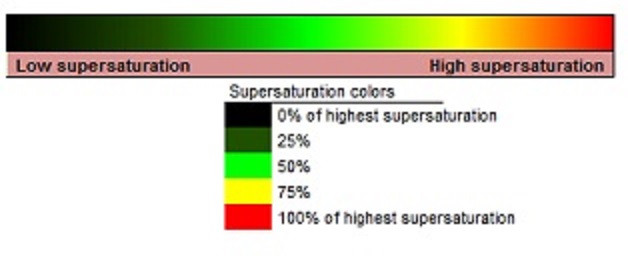The best authority would be Dr Simon Mitchell, his presentation here pretty much sums up nicely this whole argument.
It's interesting to note the changing narrative concerning bubble models like VPM. In the early days the primary selling point of VPM was that total decompression time could be reduced by utilising their deep stops. Now the promoters of VPM have back peddled on this over the years, and slowly changed the narrative behind the models to the point they now deny this was ever the case.
One of the things that always concerned me about bubble models like VPM was the lack of human testing, when compared with the extensive testing behind the Buhlmann model.
Unfortunately, Simon Mitchell turned that opportunity, to an unnecessary and unjustified attack on VPM. The video has many errors, and miss-informations given about VPM, about model decompression, about VGE, about evidence.
Let me fix a couple right now that you said.
"the changing narrative concerning bubble models like VPM. I" "promoters of VPM have back peddled on this over the years"
This is a wrong. I have never back peddled on anything to do with VPM - never needed too. His claim that bubble model purpose was to try to eliminate bubbles, is absurd. His claim that VPM model is regulating VGE is absurd. His implied role of VGE is wrong too. He knows all that, but says it anyway.
The actual purpose, Bubble models have always recognized / theorized that extravascular (tissue) microbubbles exist, need to be regulated and limits the ascent to keep that tissue bubble growth size in check. How could anyone confuse that purpose, with trying to eliminate them?
Simon invents a (fake) straw man argument, and you fell for it.....
The errors in Simons video are many,
He compares a super deep stop with Lo GF 10/x (not VPM), to an absolute shallow stop Hi GF 100/x (not VPM). VPM-B does not provide any of that.
Simon tries to show how model off gas works but he completely misses the difference between supersaturation and tissue offgas. It's significant, and it changes his presentation significantly. Its the same errors that Kevin makes here. He also draws pressure where none exists. He draws pressure line cross that never actually meet.
He forgets that all models address on/off gassing, and the same exact formula is used in ZHL, ZHL +GF, and VPM-B. It ludicrous to suggest that these formula work correctly in one model, but not another.
It goes on and on.....
But worst of all, he points to these heat graph errors and tries to show them as evidence. He should has checked them first, he should have done his homework. Because he would discover the same errors as I'm pointing out here.
The blind leading the blind. It's a case of - have pretty (but invalid) pictures, they look convincing, damn the science, lets use them anyway, because the audience will never know.

He drags VPM-B into the nedu argument by using a fake profile, and connects it up with Kevins attractive, but invalid heat graphs. Two deliberate errors - the truth VPM-B is not connected to the nedu test, and all these attempts are invalid.
In summary he says use a GF 40/x profile, which a 1/ is still a deep stop!, and 2/ almost the same as VPM-B, so the conclusion is hypocrisy, and a dirty trick to create animosity against VPM-B. Remember that please.
.








